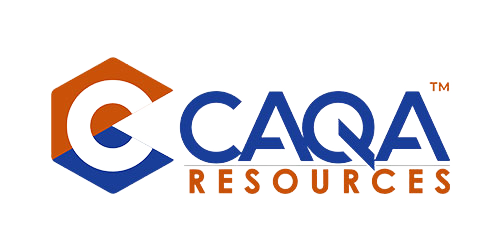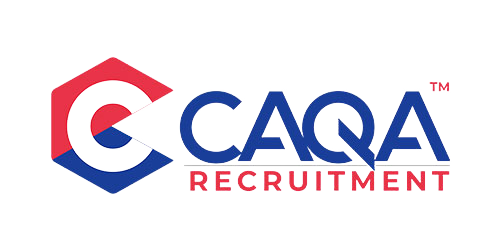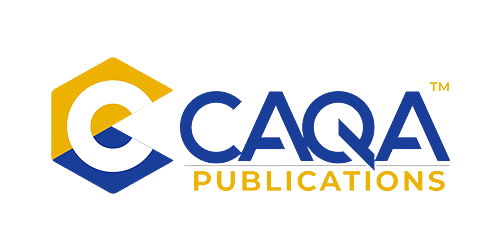Recognition of Prior Learning (RPL) plays a pivotal role in vocational education and training (VET), allowing students to have their existing skills, knowledge, and experiences formally recognised. The Australian Skills Quality Authority (ASQA), as the national regulator for the VET sector, frequently addresses questions from stakeholders about the nuances of RPL service delivery. ASQA’s Service Delivery team offers guidance to ensure RTOs understand their obligations and adhere to the Standards for Registered Training Organisations (RTOs) 2015. Below, we explore ASQA’s responses to three of the most commonly asked questions about RPL and provide an in-depth analysis of their implications for RTOs.
1. Can We Recognise Students’ Existing Workplace Experience Towards a Course’s Work Placement Requirements?
ASQA’s Answer: Yes, provided the evidence is robust enough to fulfil all relevant placement requirements. For example, if the training product mandates placement in an Australian-regulated workplace, overseas work experience cannot be considered.
Analysis: Recognising students’ existing workplace experience is a valuable aspect of RPL, particularly when it relates to fulfilling practical components such as work placement requirements. However, this recognition must be based on robust and verifiable evidence. The underlying principle is that workplace experience must align with the specific requirements of the training product, including industry standards, workplace context, and regulatory conditions.
For example, a course that requires placement in an Australian-regulated workplace aims to ensure that students gain experience in an environment governed by Australian standards. Overseas work experience, while potentially valuable, may not meet these criteria due to differences in regulatory frameworks, industry practices, or operational conditions.
To evaluate the sufficiency of workplace experience, RTOs should:
- Conduct Detailed Evidence Mapping: Assess whether the student’s experience aligns with the elements, performance criteria, and assessment requirements specified in the unit of competency.
- Verify Authenticity: Confirm that the evidence provided, such as employment records, references, or project work, is authentic and attributable to the student.
- Assess Currency: Ensure the experience is recent enough to reflect the current standards and practices of the industry.
- Evaluate Contextual Relevance: Determine whether the workplace conditions and tasks undertaken are comparable to those in the mandated environment.
By adhering to these principles, RTOs can ensure that workplace experience recognition maintains the integrity of the qualification and meets the expectations of industry stakeholders.
2. If We Decide a Student’s Evidence Isn’t Sufficient to Award Competency Through RPL, Can the Student Request a Re-Assessment of That Decision?
ASQA’s Answer: RPL is a form of assessment, and all assessment judgements are reviewable under the fairness principle of assessment (Clause 1.8(b) of the Standards for RTOs 2015). The fairness principle means you must have a process that provides an avenue for students to challenge an assessment decision and to have it reviewed objectively.
Analysis: The principle of fairness is a cornerstone of assessment practices in the VET sector, ensuring that all students have the opportunity to achieve competency through equitable processes. In the context of RPL, this principle extends to the student’s right to challenge an assessment decision they believe is inaccurate or unfair.
RTOs must establish clear and transparent procedures for handling such appeals, including:
- Documented Review Processes: Ensure the policy for appealing RPL decisions is easily accessible to students. This policy should outline the steps for lodging an appeal, the timelines involved, and the process for reviewing the decision.
- Objective Re-Assessment: Appeals must be handled impartially, with the re-assessment conducted by an assessor who was not involved in the original decision. This ensures that the review is free from bias and provides a fresh perspective on the evidence submitted.
- Provision of Feedback: Students should receive detailed feedback on why their original evidence was deemed insufficient. This feedback must clearly outline the gaps in evidence, enabling the student to address these gaps effectively.
- Opportunities for Additional Evidence: Students must be given a fair chance to present supplementary evidence to support their RPL application.
The fairness principle not only upholds the rights of students but also reinforces the credibility of the RPL process. By providing avenues for review and ensuring transparency, RTOs demonstrate their commitment to equitable assessment practices and maintain trust in their services.
3. Should Statements of Attainment (SoAs) and Qualification Testamurs Specify Where Units Have Been Awarded Through RPL?
ASQA’s Answer: No, SoAs and testamurs don’t include results. Where students complete more than one unit, you will issue a record of results in addition to the SoA or testamur, which should list the outcome and/or format of assessment (Competent, RPL Granted, or Credit Transfer, in line with AVETMISS outcomes).
Analysis: The differentiation between various forms of assessment outcomes, such as competency achieved through RPL, standard assessment, or credit transfer, is critical for maintaining clarity and transparency in the VET system. However, this information is typically recorded on the record of results rather than on the SoA or qualification testamur.
Key Considerations:
- Consistency with AVETMISS Standards: The Australian Vocational Education and Training Management Information Statistical Standard (AVETMISS) requires RTOs to report outcomes accurately, including whether units were completed through RPL. This ensures standardised data collection and reporting across the sector.
- Avoiding Misrepresentation: Including assessment methods on SoAs or testamurs could lead to misinterpretation by employers or other stakeholders. These documents serve to confirm that the qualification or units of competency have been achieved, without specifying the mode of assessment.
- Clear Communication Through Records of Results: The record of results provides detailed information about the format of assessment. By clearly indicating outcomes such as “Competent,” “RPL Granted,” or “Credit Transfer,” RTOs maintain transparency while ensuring that SoAs and testamurs remain consistent with sector-wide conventions.
Implications for RTOs:
To comply with ASQA guidelines, RTOs should:
- Ensure records of results include accurate and comprehensive information about assessment outcomes.
- Align their documentation practices with AVETMISS reporting standards.
- Communicate the purpose and content of SoAs, testamurs, and records of results to students and other stakeholders, clarifying the role of each document in verifying qualifications.
ASQA’s responses to these commonly asked questions highlight the importance of transparency, fairness, and compliance in delivering RPL services. Recognising students’ existing workplace experience requires careful evaluation of evidence to ensure alignment with training product requirements. Providing avenues for students to challenge assessment decisions underpins the fairness principle and reinforces trust in the RPL process. Finally, ensuring that RPL outcomes are appropriately documented in records of results, rather than SoAs or testamurs, maintains consistency and credibility across the VET sector.
For RTOs, these guidelines serve as a framework for enhancing the quality and integrity of their RPL processes. By adhering to ASQA’s standards, RTOs can deliver equitable, compliant, and robust RPL services that benefit students, industry stakeholders, and the broader VET community. Through continuous improvement and a commitment to best practices, RTOs can ensure that RPL remains a valuable pathway to recognition and professional advancement.


































